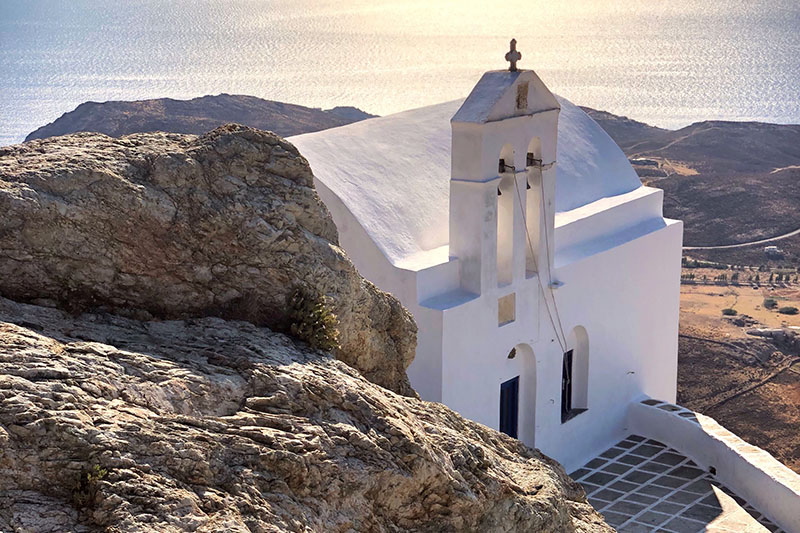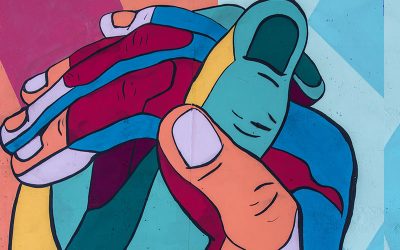Sometimes it is hard to work with the constraints of tradition. A creative project often comes up against the rules and patterns established by the past, such as within a particular genre of story. I have a Greek friend named Stavros. He grew up on the island of Samos, which is separated from Turkey by a narrow strait. I met him when he was studying architecture in college in the U.S. In the summer between sophomore and junior years, while on the island, he got into a terrible, life-threatening motorcycle crash. He suffered a devastating brain injury. Stavros was immediately flown to Athens for emergency surgery, and he remained in a coma for several weeks, hanging onto life. His mother prayed to the Virgin Mary for her son’s recovery. She made a bargain with her. If the Virgin Mary interceded and Stavros recovered, then his mother would build a little chapel in her name beside their plum orchard on the island.
Stavros woke up from his coma, and he had months of physical therapy needed to restore all of his motor skills, but his mind as was as it had always been – sharp-witted and fun-loving, a great spirit. His mother told him that she believed the Virgin Mary had played a part in his recovery, and she needed to hold up her end of the bargain – the chapel would be built. Stavros, as a budding architect, could design it. Stavros wasted no time in putting the plans together – he had nothing else to do while in the hospital. In short order, he sent the plans off to Samos, to be reviewed by the local church authorities. It was completely original – a sleek and streamlined interpretation of a chapel. Sometime later, a priest visited him in the hospital. The local church in Samos wanted Stavros to tweak his design – but ‘tweaking’ was a euphemism. The church wanted a complete overhaul to the plans. The chapel needed to look like a traditional chapel, like the myriad chapels already constructed on the island. It couldn’t look distinctive whatsoever. Stavros refused to alter his design. He told his mother not to bother with building the chapel. He thought that was the end of it.
But returning to the island after his long recovery, as he and his mother drove past the plum orchard, Stavros noticed a chapel that hadn’t been there before. And it looked like every other chapel on the island. He instantly knew that his mother had sided with the church authorities and built the chapel according to their wishes. His mother tried to explain – it wasn’t the church she was appeasing, but rather the Virgin Mary. One cannot renege on a promise to her. That would be a grave moral failing. Stavros would just have to be satisfied with tradition.
Stavros was furious. He was resolved to change it. Stavros took to altering the chapel as part of his physical therapy for the rest of the summer. If he couldn’t change the foundation of the chapel, then he could at least transform the façade into something more idiosyncratic. As he continued down this path, however, he grew to appreciate the structure itself. There was comfort in the familiarity of its simple geometry. Something of a hybrid emerged, over the course of that summer. It really came to life with the tension between the traditional and the innovative. It resembled a traditional chapel – its purpose was undeniable, and any passing tourist could understand it. But my friend’s personality was also imprinted upon it. The chapel couldn’t exist anywhere but at this moment and place, nestled between the trees of the orchard. It told his story.
Photo by Despina Galani on Unsplash




